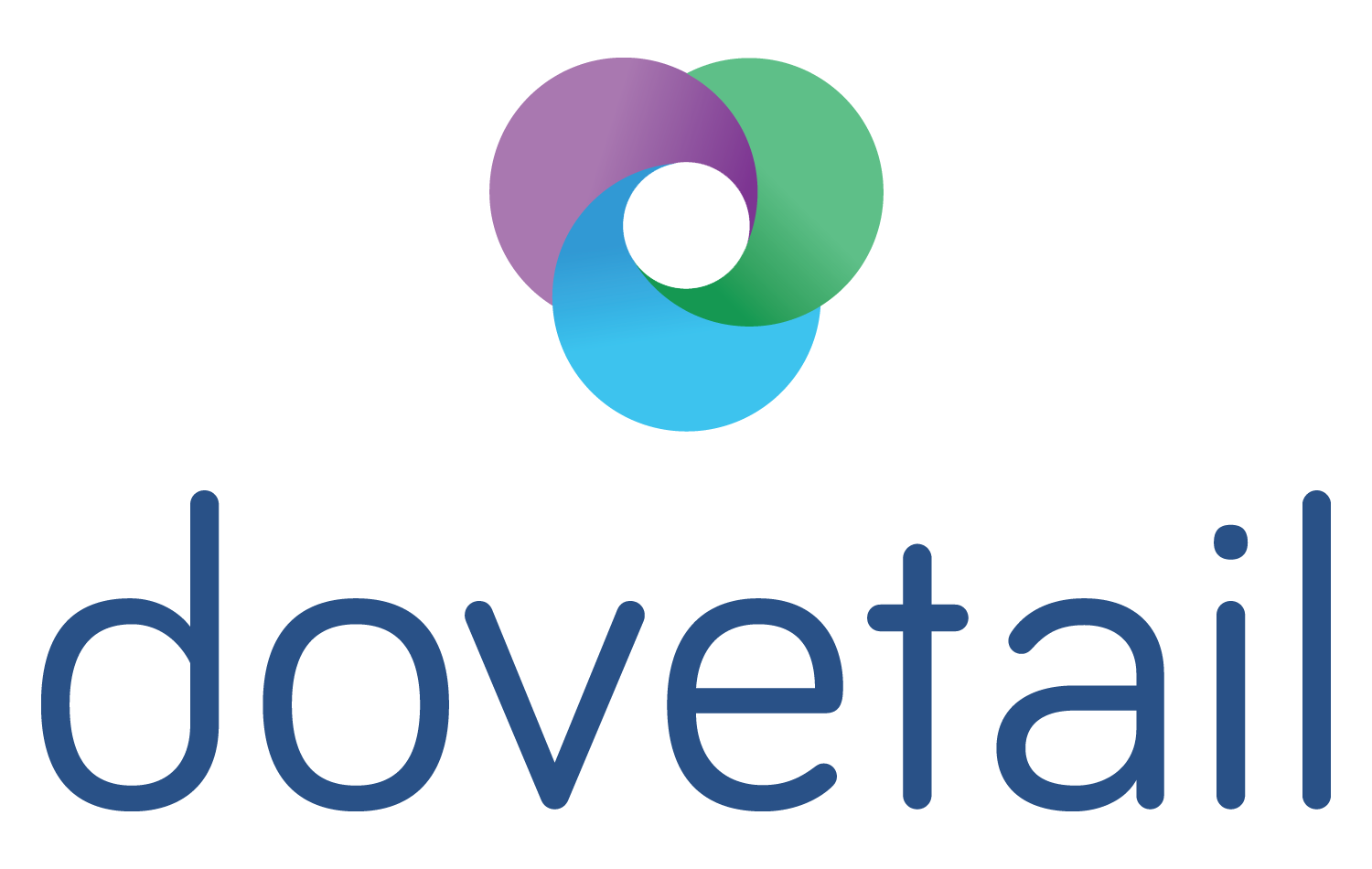Celebrating Impact: Our learning partnership with the Department of Internal Affairs Community-Led Development Programme
By Emily Garden
At Dovetail, we are delighted to have partnered once again with Hāpai Hapori, Department of Internal Affairs, to evaluate the Community-Led Development Programme (CLDP).
This marks our second collaboration, building on the 2021/22 process evaluation that explored the early-stage experiences of 18 partnering communities. A summary report of these process evaluation findings can be found here.
This time, our focus was on exploring impact and outcomes for a select group of partnering communities, with the objective of determining whether the intended outcomes – tukunga iho – of the CLDP were being achieved. You can read the overarching report and the four community case studies on DIA’s Community Matters website.
Evaluation focus
The evaluation aimed to uncover transformations within partnering communities, hapū, and iwi as a result of participating in the programme. We explored the sustainability of these outcomes and impacts, the enhancement of community wellbeing, and the achievement of community aspirations. Additionally, we identified the most effective aspects of the CLDP partnership approach in fostering positive change and offered recommendations for future activities.
The Community-Led Development Programme
The CLDP partners with communities of place, hapū, and iwi over approximately five years to support achievement of collective aspirations. This approach nurtures bottom-up, citizen-driven change through empowerment, mutual learning, and consensus practices. The overarching goal for the CLDP is to build "strong, resilient communities, hapū, and iwi achieving locally owned visions and goals."
The DIA CLDP offers a flexible model of funding that evolves with community goals and needs, shifting focus from small grants for individual projects to supporting emerging community development initiatives. The CLDP began in 2011 with five pilot communities and typically supports 15 communities at any given time.
Our Approach to the evaluation
Impact case study approach
Adopting an impact case study approach, our evaluation undertook a deep exploration of the experiences of four diverse partnering communities transitioning from the programme. These communities were selected for their diversity across various categories, including the length of partnership, the degree of established community initiatives or leadership prior to the partnership, levels of mana whenua leadership or involvement, tangata whenua population, and geographical spread.
Kanohi te kanohi engagement
Our team were privileged to spend two days on-site with each case study community, observing activities, visiting initiatives developed over the course of the partnership, and conducting interviews. We synthesised key insights from interviews with partnering community leadership, members, advisors, and external stakeholders, alongside background document and reporting analysis.
In total, 46 individual and group interviews were conducted, capturing perspectives from 41 community partners or members, three community advisors from Hāpai Hapori, and two external stakeholders.
Culturally responsive approaches
The CLDP focuses on reaching hapū, iwi and Māori communities, as well as other diverse communities. Our evaluation ensured that the experiences and perspectives of these communities were captured respectfully and responsibly by incorporating Kaupapa Māori and culturally responsive evaluation practices.
Theory of change
To support the evaluation, we developed an updated impact-focused theory of change, detailing the process through which resources and inputs are transformed into activities and then outputs, leading to outcomes and eventually impact – sustainable outcomes at scale.
Senior Consultant Amanda Hunter explores South Invercargill’s South Alive Heritage Trail
Findings
The evaluation found that the CLDP has significantly influenced the development and realisation of aspirations in partnering communities. The process formalised strategic visions for both fledgling and established communities centred on cultural connectedness, pride, collaboration, identity preservation, empowerment, diversity, and self-determination.
The ongoing impacts of CLDP partnerships are evident in enhanced collaborative dynamics, relationship building, social and psychological empowerment, and improved infrastructure. Despite challenges, such as understanding CLD and navigating conflicts, the programme has strengthened social cohesion, inclusivity, and community resilience, particularly during crises like COVID-19. The realisation of aspirations is a continuous journey, with relational goals being met and groundwork laid for ambitious goals such as larger infrastructure projects. Success factors include a physical home for CLD, engaging mana whenua as equal partners from the outset, and operational staffing and infrastructure to support voluntary contributions, while support for social enterprise development and evidence building could further sustain and expand CLD efforts.
Acknowledgements
Our heartfelt thanks go out to all who participated in this evaluation, from the four case study communities across Aotearoa, to Hāpai Hapori and other organisations involved. Ngā mihi nui ki a koutou katoa.
We look forward to seeing the ongoing positive impact of the CLDP in supporting communities in their journey toward self-determination and wellbeing.
The Windy Wheels bike and skills track at Featherston School was supported by Feb Feathy




